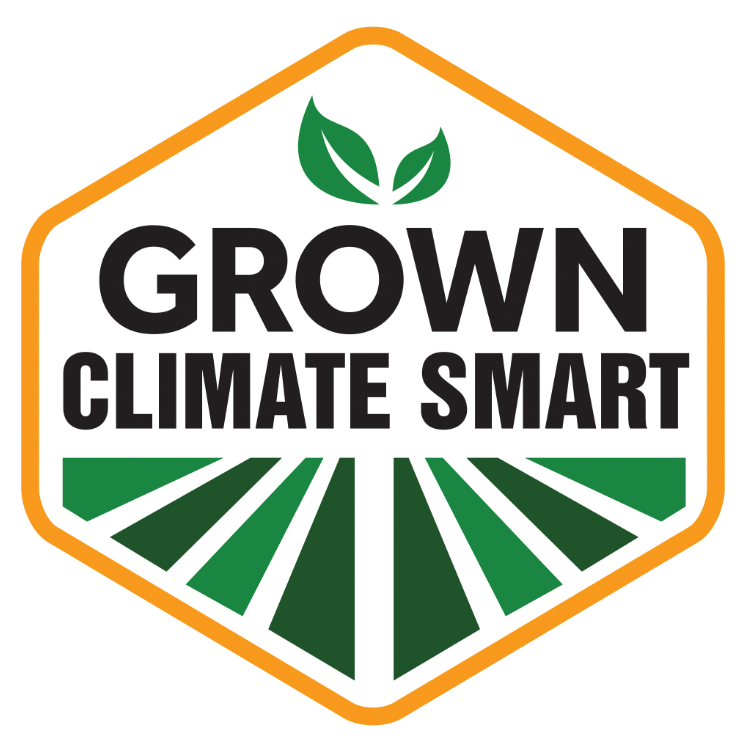Sustainability
Sustainable Markets
For farmers to support food sustainability, they need diverse marketing opportunities for all products harvested. This requires both domestic and international markets to function and thrive. Finding the best markets and opportunities for our farmers is a big part of what we do.
Sustainable Job Creation
Job creation is vital to agriculture sustainability efforts. Employment created by farming is highly impactful on local, underserved communities. The Imperial Valley has one of the highest unemployment rates in the country and is three times the national average. Farming supports these poor communities both on and off farm.
Alfalfa
Solar Project
Construction has started on a 999.96-Kilowatt Solar Photovoltaic System at our facility in Brawley, California. Solar panels will be installed on existing storage sheds to minimize land use and soil impact. The system, operational in 2024, will offset approximately 1385 tons of carbon dioxide emissions per year. Below are some of the key points on how our Solar Project will benefit the environment:

Climate Smart
In conjunction with our partner The DeLong Co., our growers will be participating in the Climate Smart Commodities Program (CSCP) beginning in 2024. These projects will provide technical and financial assistance to farmers who implement CSCP practices on a voluntary basis and who pilot innovative and cost-effective methods for quantification, monitoring, reporting, and verification of greenhouse gas benefits. The program incentivizes growers to use sustainable growing practices such as residue/tillage management, cover crops and a nutrient management program.
Economic Benefit Of Hay & Straw Exports
The U. S. exports over $1.6 billion of hay and straw, which benefits thousands of farms in the western United States and creates tens of thousands of jobs across the country. Considering all wages, transactions and economic activity, forage exports represent over $13 billion in economic benefit.
Learn more about the economic benefits of hay and straw exports.
Water
It takes water to produce the food and goods we use every day. From our dinner to our data centers, everything has a water footprint. Find out more about how much water it takes to grow our food or charge our cars at the Water Cafe.
Water used to grow farm products doesn't stay on the farm. It becomes part of the food we eat and the clothing we wear. California is a net importer of the water needed to feed and clothe our population. Where does it go?

Brawley, CA 92227
Crafted by Conveyor Group
